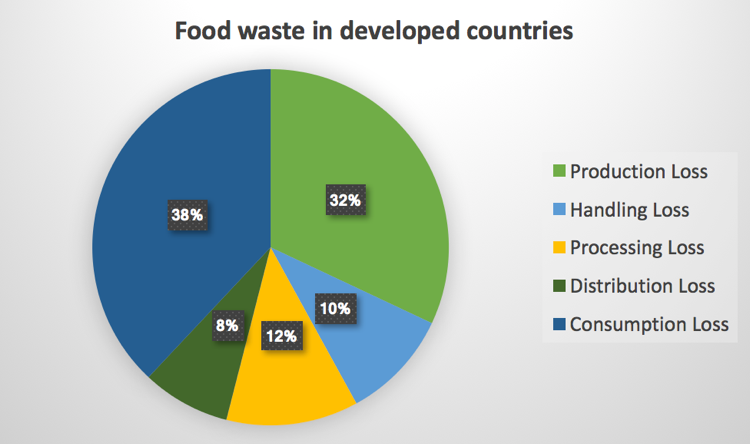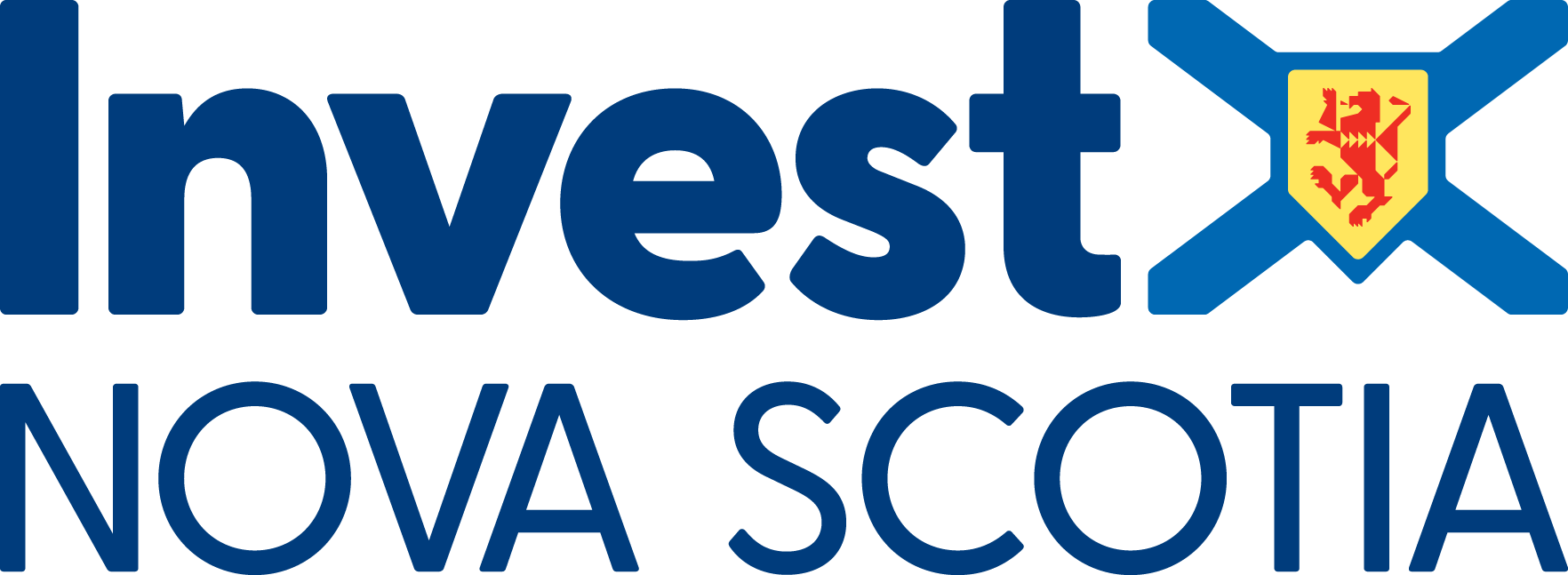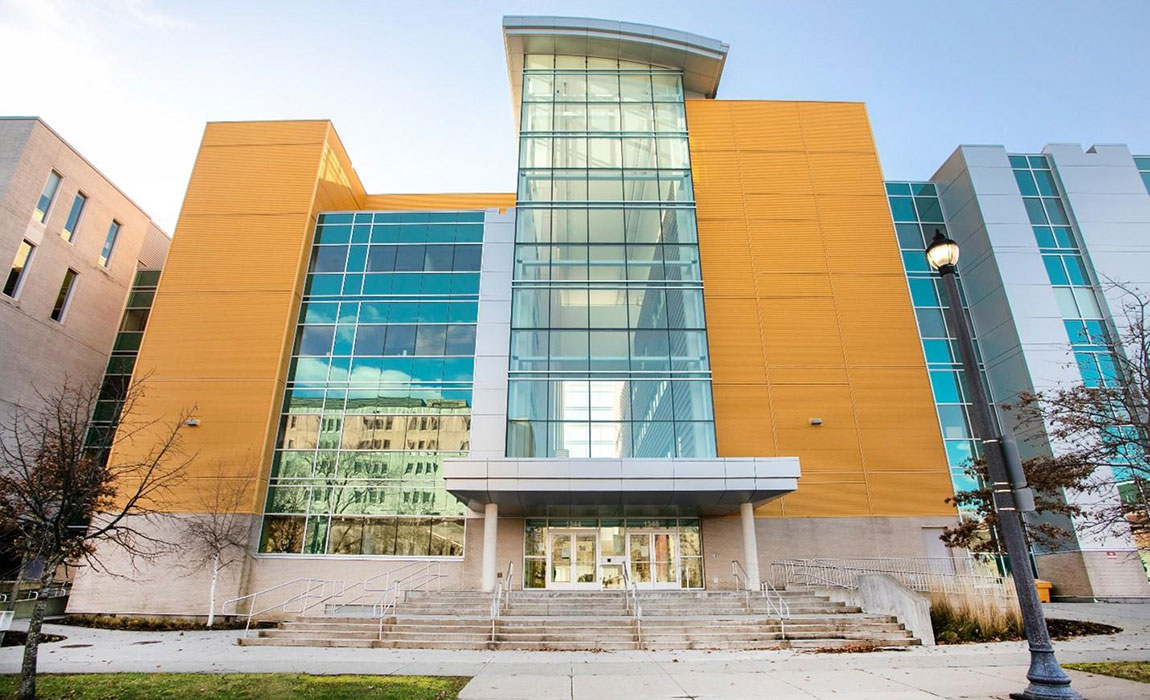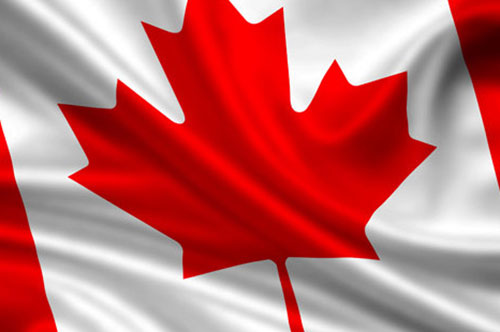How Big Data is Helping Drive Food Security
Monday, October 30, 2017
Using food security to feed 9 billion people
Improvements in healthcare, technology, and infrastructure has lengthened life expectancy rates globally. The World Health Organization says, on average, 60-year-old individuals around the globe expect to live another 20 years. Couple this with increasing birth rates, and suddenly it's quite likely we'll need to feed 9 billion people by 2050, an increase of almost 2 billion people, with the same finite resources we've had for generations.
Food waste, a major threat to food security
Approximately one-third of food produced for human consumption is either lost or wasted every year. This is substantial not only for its impact on producers’ profits, but also when we consider the need to feed significantly more people in the future.
A research report by McKinsey and Company further details the threat of food waste to food security now and into the future. According to the report, 32% of total food wastage in developed economies occurs during production and another 10% during handling. The fact that 42% of wastage occurs before products reach consumers has driven companies in many industries to search for solutions.

Source: "How big data will revolutionize the global food chain", McKinsey & Company.
Improving productivity and lowering waste through Precision Agriculture
Productivity and technological improvements in the agriculture industry minimizes crop waste and improves bottom lines. This directly minimizes food waste. The biggest trend in productivity improvements for the agriculture industry is Precision Agriculture. As estimated by BCC Research, an international market research firm, the global Precision Agriculture Technology market is valued at over $3.3 billion and projected to grow by 12.4% annually over the next five years.
McKinsey and Company define Precision Agriculture as, “a technology-enabled approach to farming management that observes, measures, and analyzes the needs of individual fields and crops.” With Precision Agriculture practices, industry experts use a variety of sensors and instruments to collect mass amounts of data, through the internet of things, on hundreds of data points concerning a particular crop.
These data-collecting instruments could be on farm equipment, on unmanned aerial vehicles flying above fields, or satellites collecting data from space. Data collected ranges from aerial photos to weather forecasts, temperature collections, and thermal imagery.
How data from Precision Agriculture technologies is used
Interpretation of these various data points can inform of specific issues such as an infected crop area or irrigation issues causing by over-watering.
While interpretation of this data provides valuable information, it’s not as simple as just collecting and reading. In-depth analysis of the various data points requires impressive processing power.
Nova Scotia, Canada, is proud to be intimately involved in this growing market by aligning itself with industry leaders working on innovation in Data Analytics, such as IBM. Additionally, the province's educational institutions help companies realize the widespread benefits of not only data analytics, but also Precision Agriculture.
Learn more at the Big Data Congress 2017, November 6 to 8
Register to attend North America’s largest business-focused data technology conference, Big Data Congress 2017, which will be held in Halifax, Nova Scotia from November 6 to 8, 2017. As a proud sponsor of Big Data Congress, NSBI supports the continued innovation in the Data Analytics market.
About Big Data Congress 2017
Big Data is not only helping us improve food security in the oceans and on the land — by finding new ways to improve food productivity, access renewable energy, and increase yields — it is also helping business leaders make crucial decisions to improve their bottom line. This year, we will help entrepreneurs, business leaders, and those who protect our marine and agricultural food supply from the oceans and the land, discover how to leverage Big Data from a business perspective.





